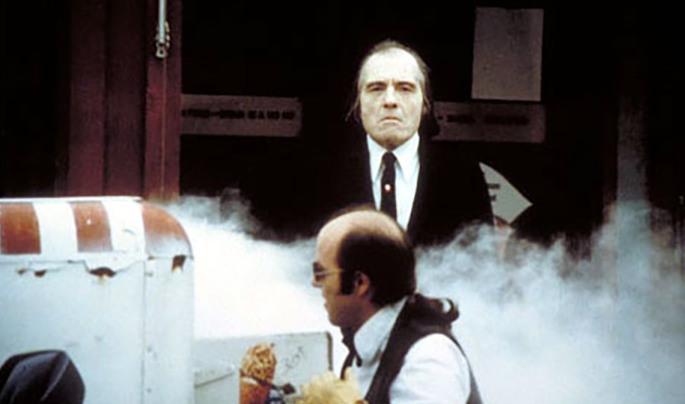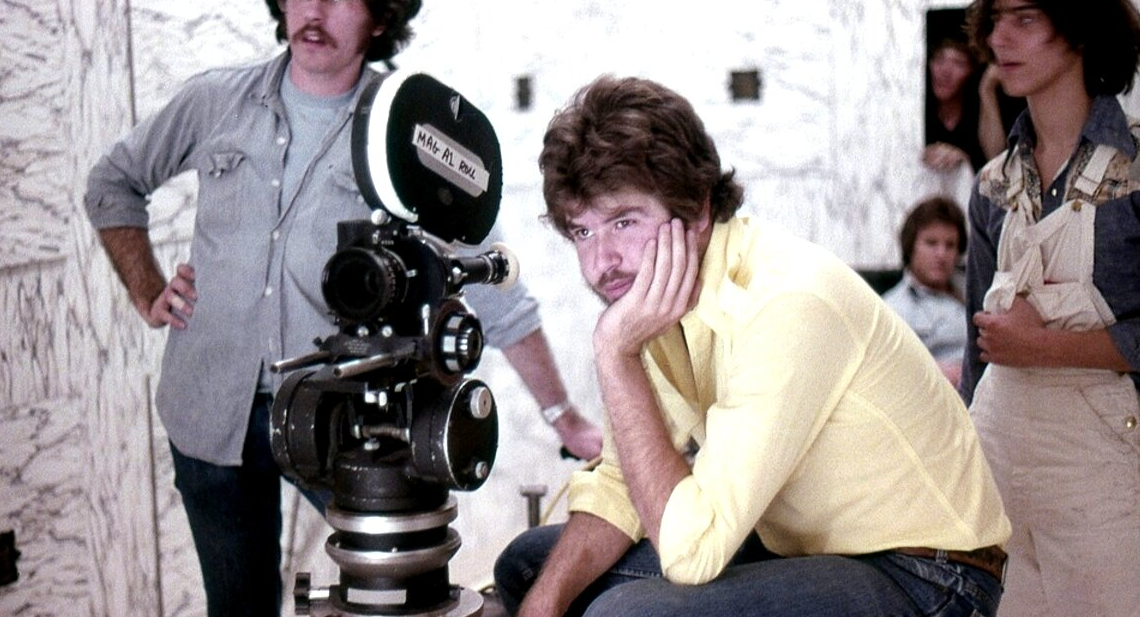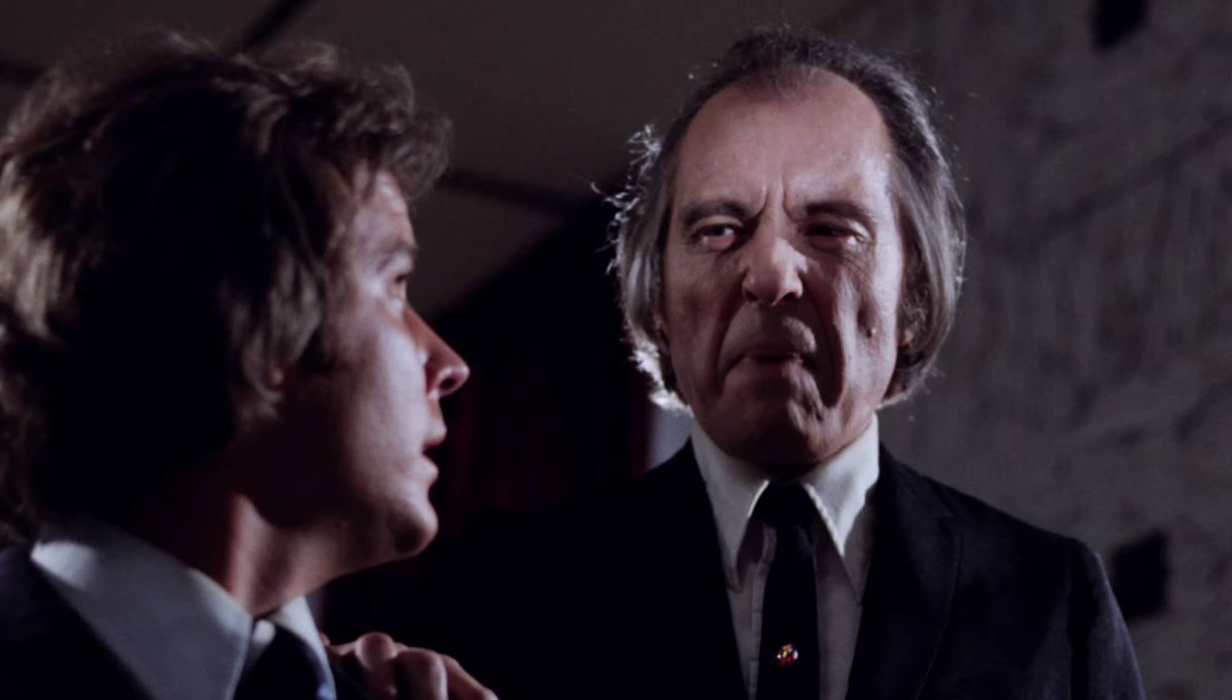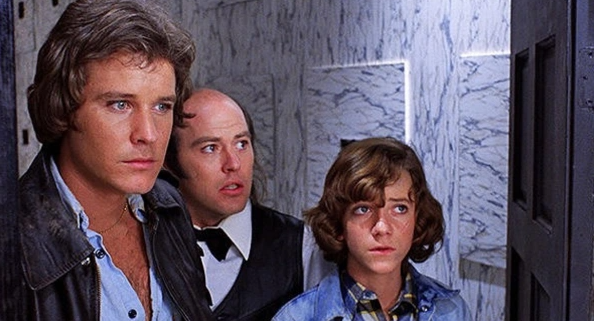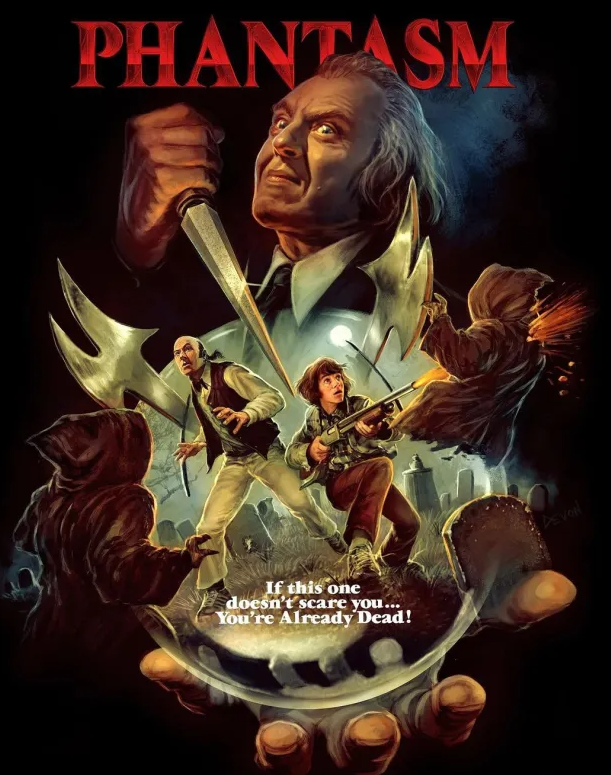From Concept to Classic: The Making of Phantasm
When Phantasm first hit theaters in 1979, it was a breath of fresh air in the horror genre, blending elements of science fiction, surrealism, and classic horror into a uniquely unsettling experience. The journey from concept to classic was filled with creativity, innovation, and a relentless drive by its creator, Don Coscarelli. This blog post delves into the making of Phantasm, exploring its origins, production challenges, and eventual rise to cult classic status.
The Genesis of a Nightmare
The story of Phantasm begins in the mid-1970s when Don Coscarelli, a young filmmaker with a few independent projects under his belt, sought to create a film that would stand out in the crowded horror market. Inspired by the works of authors like Ray Bradbury and H.P. Lovecraft, Coscarelli envisioned a movie that would evoke a dreamlike sense of terror, leaving audiences questioning what was real and what was imagined.
In an interview with Dread Central, Coscarelli explained, "I wanted to make a film that played out like a nightmare, something that would stay with viewers long after they left the theater. The idea was to tap into primal fears and create a sense of unease that was hard to shake."
Crafting the Story
The initial concept for Phantasm centered around a young boy, Mike, who discovers that the local mortician, known as the Tall Man, is stealing bodies and transforming them into monstrous dwarfs to serve his otherworldly agenda. This surreal plot allowed Coscarelli to explore themes of death, loss, and the unknown, all while maintaining an air of mystery and suspense.
Coscarelli wrote the screenplay himself, drawing inspiration from his childhood fears and the eerie atmosphere of cemeteries. "The story was a way to process my own fears of death and the afterlife," he shared in an interview with Fangoria. "The idea of a malevolent figure like the Tall Man manipulating the dead was both terrifying and fascinating to me."
Casting the Characters
One of the most crucial aspects of Phantasm's success was its casting. Coscarelli chose a mix of experienced actors and newcomers to bring his vision to life. Angus Scrimm, who played the iconic Tall Man, was a seasoned actor whose imposing presence and deep voice made him perfect for the role. Scrimm's performance was so effective that it became one of the defining elements of the film.
"I knew Angus from a previous project, and I immediately thought of him when writing the Tall Man," Coscarelli recalled. "His ability to convey menace with just a look or a single word was exactly what the character needed."
For the role of Mike, Coscarelli cast A. Michael Baldwin, a young actor who brought a sense of vulnerability and determination to the character. Reggie Bannister, who played the ice cream vendor Reggie, and Bill Thornbury, who played Mike's older brother Jody, rounded out the main cast, each adding depth and relatability to their roles.
Innovative Filmmaking on a Shoestring Budget
With a ridiculously low budget, Coscarelli faced numerous challenges in bringing Phantasm to the screen. The limited resources meant that creativity and ingenuity were essential. The crew often had to improvise solutions to technical problems, using practical effects and in-camera tricks to achieve the desired results.
One of the most memorable innovations was the creation of the Silver Sphere, a flying orb equipped with deadly blades. Special effects artist Willard Green designed the Sphere using a combination of remote control technology and practical effects. In one famous scene, the Sphere drills into a man's forehead, a moment achieved through careful editing and practical effects.
"We didn't have the budget for elaborate effects, so we had to get creative," Coscarelli said in an interview with Rue Morgue. "The Sphere was a combination of simple mechanics and clever camera work, but it became one of the most iconic elements of the film."
A Soundtrack to Haunt Your Dreams
The music of Phantasm played a crucial role in establishing its eerie atmosphere. Composed by Fred Myrow and Malcolm Seagrave, the score featured haunting melodies and unsettling soundscapes that perfectly complemented the film's surreal visuals. The main theme, with its repetitive, hypnotic quality, became instantly recognizable and contributed significantly to the film's lasting impact.
In an interview with Birth.Movies.Death., Coscarelli discussed the importance of the score: "Music is such a vital part of the horror experience. Fred and Malcolm's work on Phantasm was incredible. They created a sound that was both beautiful and terrifying, enhancing the dreamlike quality of the film."
The Road to Cult Classic Status
Upon its release, Phantasm received mixed reviews from critics but quickly gained a devoted following. Audiences were drawn to its unique blend of horror and surrealism, and word of mouth helped propel the film to success. Over time, Phantasm's reputation grew, cementing its status as a cult classic.
The film's success led to several sequels, each expanding on the mysterious mythology introduced in the original. The dedication of the Phantasm fanbase has kept the series alive for over four decades, with conventions, fan art, and merchandise celebrating the film's enduring appeal.
Legacy and Influence
Phantasm's influence on the horror genre is undeniable. Its dreamlike narrative, innovative effects, and memorable characters have inspired countless filmmakers and continue to captivate new audiences. Directors like J.J. Abrams and Guillermo del Toro have cited Phantasm as a significant influence on their work, praising its originality and impact.
"Phantasm is one of those rare films that stays with you," Abrams said in an interview with The New York Times. "It's a testament to what independent filmmaking can achieve when driven by passion and creativity."
From its inception in the mind of a young filmmaker to its status as a beloved cult classic, Phantasm is a testament to the power of innovative storytelling and creative filmmaking. Don Coscarelli's vision, combined with the dedication of his cast and crew, resulted in a film that continues to haunt and inspire.
The making of Phantasm is a story of perseverance and passion, proving that even the most unconventional ideas can become timeless classics. As fans continue to discover and celebrate the film, Phantasm remains a shining example of what can be achieved with imagination and determination.
